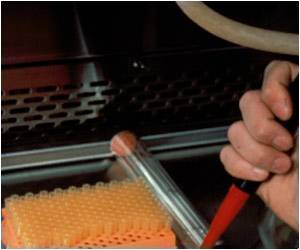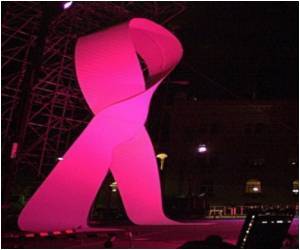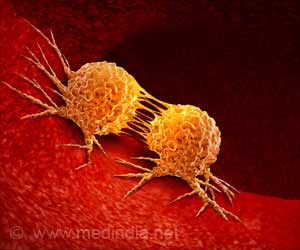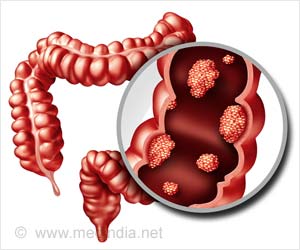Nanotechnology is used to detect the biomarkers of diseases accurately using microRNAs that is only about 20 bases long, but can signal a wide range of diseases.
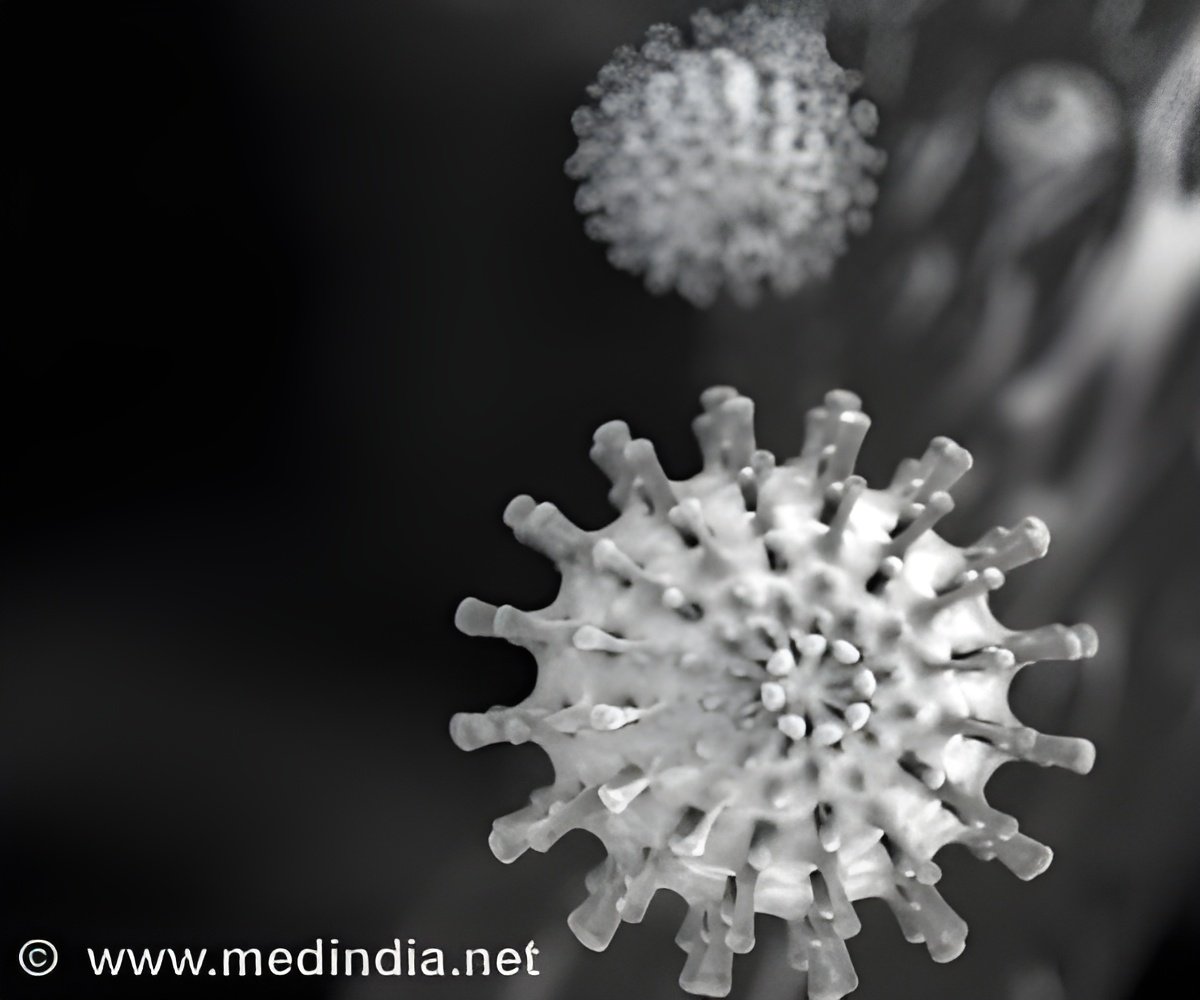
‘The new nanotechnology is a noninvasive diagnostic to detect disease biomarkers from cancer to the Ebola virus using nucleic acids.’





"Although we are certainly at the early stages of the technology, eventually we could perform the test using a few drops of blood from a simple finger prick."Nucleic acids consist of chains or sequences of bases stretching from just a few to millions of elements long. The exact order in which these bases are found, even over short distances, is strongly tied to their functions, and, therefore, can be used as direct indicators of what is going on inside cells and tissue.
For example, one family of these nucleic acids known as microRNAs are only about 20 bases long, but can signal a wide range of diseases, including cancer.
"Scientists have studied microRNA biomarkers for years, but one problem has been accurate detection because they are so short, many technologies have real difficulty identifying them," Hall said.
In the new technique, nanotechnology is used to determine whether a specific target nucleic acid sequence exists within a mixture, and to quantify it if it does through a simple electronic signature.
Advertisement
"By simply counting the number of signals, you can determine how much of the target is around." In this study, the team first demonstrated that the technology could effectively identify a specific sequence among a background of competing nucleic acids, and then applied their technique to one particular microRNA (mi-R155) known to indicate lung cancer in humans.
Advertisement
The proof-of-concept study is currently published online in the journal Nano Letters.
Source-Eurekalert

